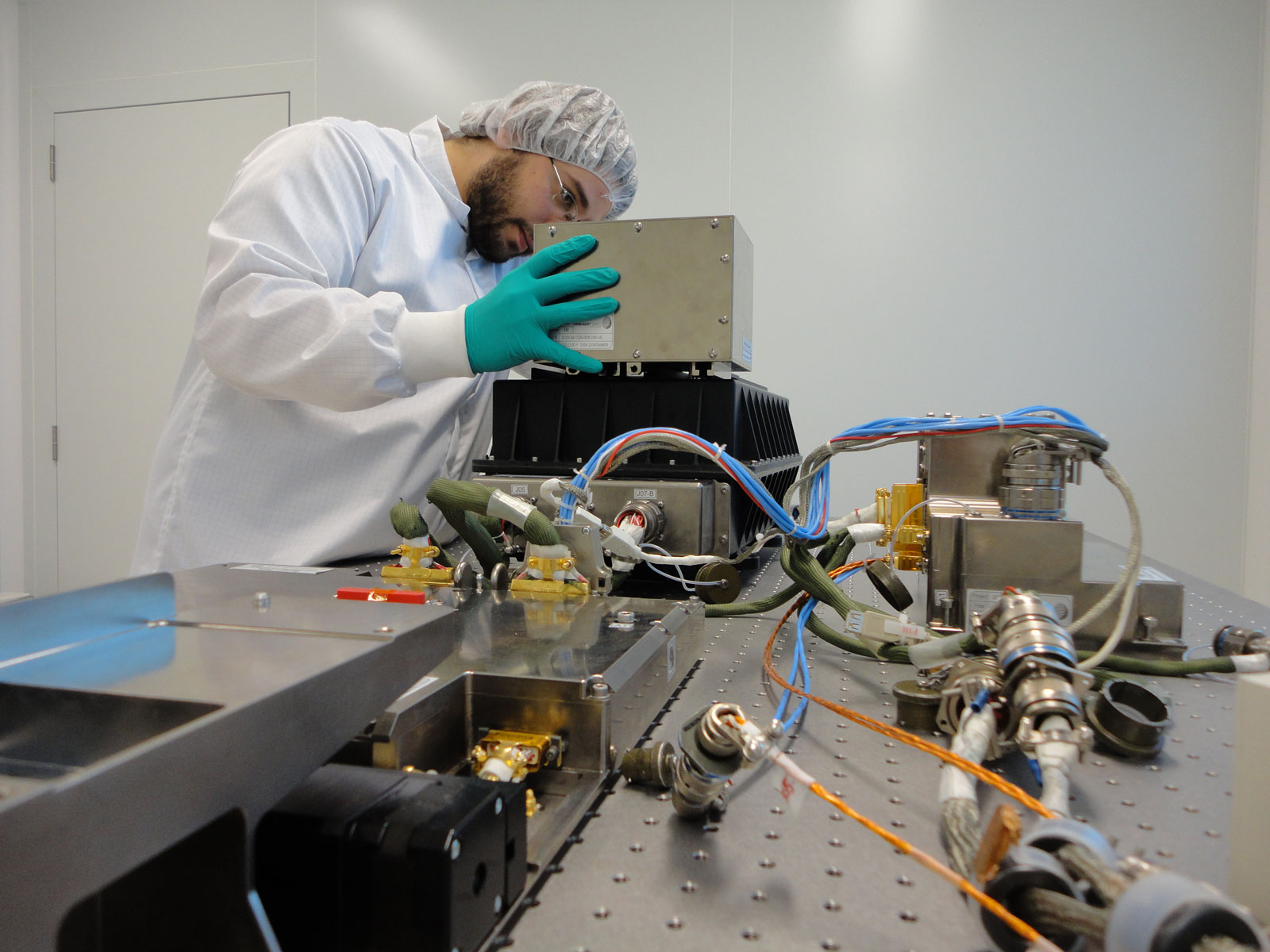The operations of COLLOID-2 experiment, carried out by E-USOC, have been completed successfully. This experiment is a follow up of SODI-COLLOID, that focused on three-dimensional photonic structures which possess appealing optical properties, making them candidates for future nano-technology. The presence of gravity increases the difficulty in the manufacture of colloidal photonic crystals structures. Therefore the researchers expect to figure out the phenomenon of aggregation eliminating that factor -i.e. studying particles interactions in microgravity conditions– in the modular instrument SODI (Selectable Optical Diagnostics Instrument) on board the ISS.
This second attempt was requested by scientists to clarify the following scientific aspects detected after the thorough experiment analysis from the COLLOID data obtained last year:
- A non-predicted aging effect observed in the cells.
- Crystals growth -particles interactions were changing too rapidly to allow crystals to form. This time, the approach was to use sequences of smaller temperature steps.
- Colloidal particles evolution above the critical temperature.
After three weeks of operations inside the MSG rack, COLLOID-2 objectives were fulfilled, generating around 93 GB of scientific data. This successful science achievement came together with the completion of 10.000 hours of MSG work on board the ISS.
COLLOID container was removed from MSG rack on 4th October 2011 and stored temporarily in the ISS for its further disposal. The Flash disk containing all the scientific data will be downloaded next spring within the new SpaceX-1 spacecraft, providing the scientists with a good set of valuable data for their research.


